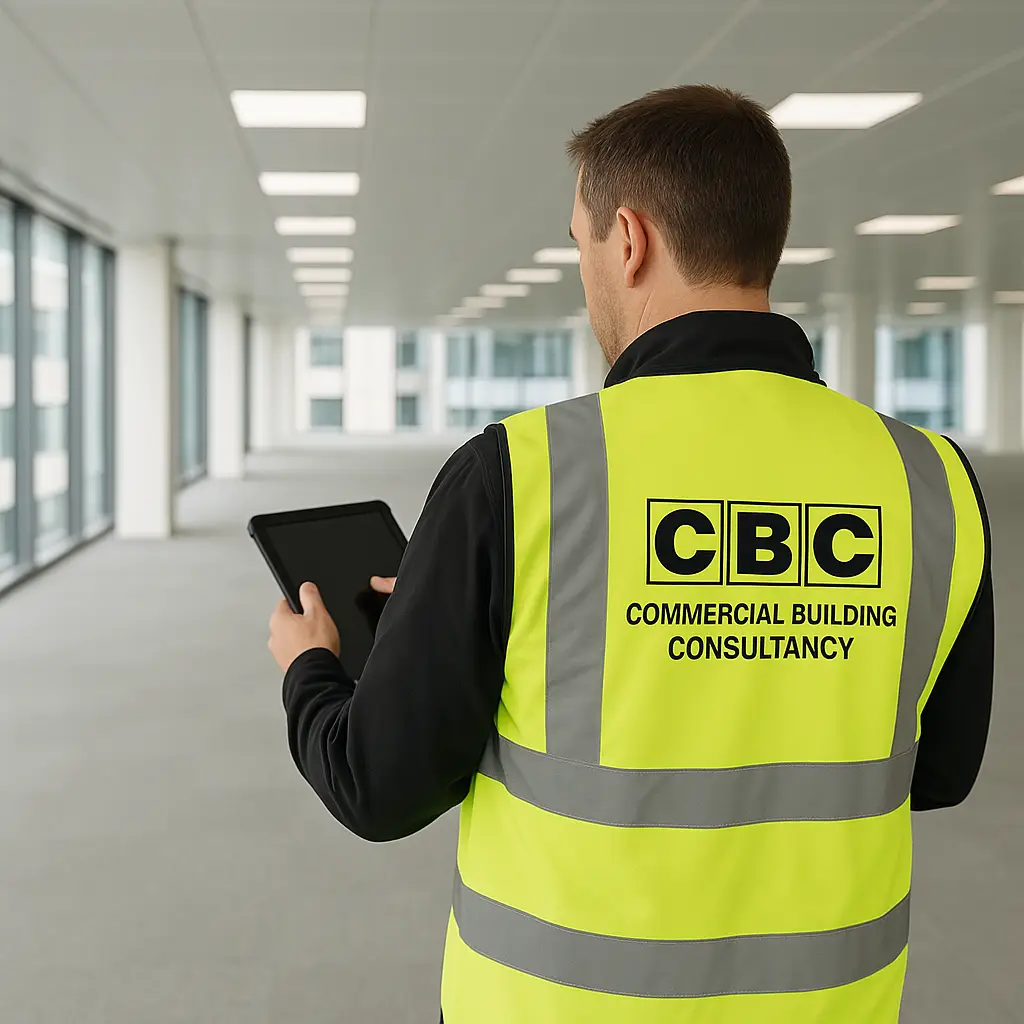A Schedule of Condition (SoC) survey is a critical tool for documenting the state of a property before entering into a lease agreement. This survey helps to identify any pre-existing issues, ensuring that both landlords and tenants have a clear understanding of the property’s condition. However, the survey can often reveal a variety of common issues that need to be addressed to prevent future disputes and ensure a smooth leasing experience. In this blog, we will explore some of these common issues and provide guidance on how to address them effectively.
Structural Deficiencies
Common Issues:
- Cracks in walls, ceilings, or floors
- Subsidence or settlement
- Structural weaknesses in beams or columns
How to Address Them:
- Engage a Structural Engineer: If significant structural issues are identified, it is essential to consult a structural engineer. They can provide a detailed assessment and recommend appropriate repairs or reinforcements.
- Repair and Reinforcement: Depending on the severity, repairs might involve filling cracks, underpinning foundations, or reinforcing structural elements.
- Documentation and Monitoring: Ensure that any repairs are well-documented and monitored over time to detect any further movement or deterioration.
Damp and Moisture Problems
Common Issues:
- Rising damp
- Penetrating damp
- Condensation
How to Address Them:
- Identify the Source: Determine whether the damp is caused by rising moisture from the ground, water penetration from the outside, or condensation from internal activities.
- Implement Repairs: Solutions might include installing damp-proof courses, repairing leaking roofs or walls, and improving ventilation.
- Regular Maintenance: Ensure that gutters and downspouts are regularly cleaned and that any external damage is promptly repaired to prevent water ingress.
Roofing Issues
Common Issues:
- Missing or damaged tiles or shingles
- Leaks and water ingress
- Poor insulation
How to Address Them:
- Conduct Regular Inspections: Schedule periodic roof inspections to identify and address minor issues before they escalate.
- Repair or Replace: Replace missing or damaged tiles, repair leaks, and consider upgrading insulation to improve energy efficiency.
- Preventative Measures: Install protective measures such as gutter guards to prevent blockages and ensure proper drainage.
Electrical System Deficiencies
Common Issues:
- Outdated or faulty wiring
- Insufficient electrical capacity
- Non-compliant installations
How to Address Them:
- Hire a Qualified Electrician: Engage a licensed electrician to conduct a thorough inspection and address any deficiencies.
- Upgrade Electrical Systems: Upgrade wiring, switchboards, and electrical panels to meet current standards and ensure sufficient capacity.
- Ensure Compliance: Make sure all electrical installations comply with relevant safety standards and regulations.
Plumbing and Drainage Issues
Common Issues:
- Leaking pipes
- Blocked drains
- Inefficient or non-compliant installations
How to Address Them:
- Inspect and Repair: Conduct a detailed inspection of all plumbing and drainage systems, repairing or replacing any faulty components.
- Prevent Blockages: Implement measures to prevent blockages, such as regular cleaning and installing strainers in sinks and drains.
- Upgrade Systems: Ensure that plumbing and drainage systems are up to current standards and can handle the demands of the property.
HVAC System Inefficiencies
Common Issues:
- Poor performance or inefficiency
- Inadequate maintenance
- Non-compliance with regulations
How to Address Them:
- Regular Servicing: Schedule regular servicing of HVAC systems to ensure optimal performance and identify any potential issues early.
- System Upgrades: Consider upgrading older systems to more efficient, compliant models.
- Improve Insulation: Enhance insulation and sealing around the property to improve HVAC efficiency and reduce energy costs.
External Defects
Common Issues:
- Damaged facades
- Cracked or uneven pavements
- Poor landscaping
How to Address Them:
- Repair and Restore: Conduct necessary repairs to external facades, pavements, and other external features to maintain a safe and appealing environment.
- Regular Maintenance: Implement a regular maintenance schedule to keep the external areas in good condition.
- Enhance Landscaping: Improve landscaping to enhance the property’s aesthetics and functionality.
Internal Finish Problems
Common Issues:
- Worn or damaged flooring
- Damaged walls or ceilings
- Outdated or deteriorated fixtures and fittings
How to Address Them:
- Repair and Replace: Repair or replace worn or damaged finishes, ensuring they meet the desired standards and aesthetics.
- Upgrade Fixtures: Consider upgrading fixtures and fittings to enhance the property’s appeal and functionality.
- Regular Maintenance: Maintain a regular schedule for inspecting and maintaining internal finishes to prevent minor issues from becoming major problems.
Compliance with Health and Safety Regulations
Common Issues:
- Non-compliant fire safety measures
- Inadequate accessibility features
- Hasardous materials (e.g., asbestos)
How to Address Them:
- Conduct a Safety Audit: Engage a qualified professional to conduct a comprehensive safety audit of the property.
- Implement Safety Measures: Address any deficiencies by installing compliant fire safety measures, improving accessibility, and safely removing hasardous materials.
- Regular Reviews: Regularly review and update safety measures to ensure ongoing compliance with relevant regulations.
Legal and Documentation Issues
Common Issues:
- Incomplete or outdated lease agreements
- Lack of documentation for previous repairs or modifications
How to Address Them:
- Review Lease Agreements: Ensure that lease agreements are comprehensive, up-to-date, and clearly outline the responsibilities of both parties.
- Maintain Records: Keep detailed records of all repairs, modifications, and inspections to provide a clear history of the property’s condition and maintenance.
- Engage Legal Counsel: Consult with legal professionals to ensure that all documentation and agreements comply with relevant laws and regulations.
Conclusion
Conducting a Schedule of Condition survey before leasing a property is essential for identifying and addressing common issues that can lead to disputes or unexpected costs. By proactively addressing structural deficiencies, damp and moisture problems, roofing issues, electrical and plumbing deficiencies, HVAC inefficiencies, external defects, internal finish problems, compliance issues, and legal documentation concerns, landlords and tenants can ensure a smooth and mutually beneficial leasing experience. Engaging qualified professionals, maintaining regular inspections and maintenance, and fostering clear communication between both parties are key to successfully addressing these issues and protecting the interests of all involved.


